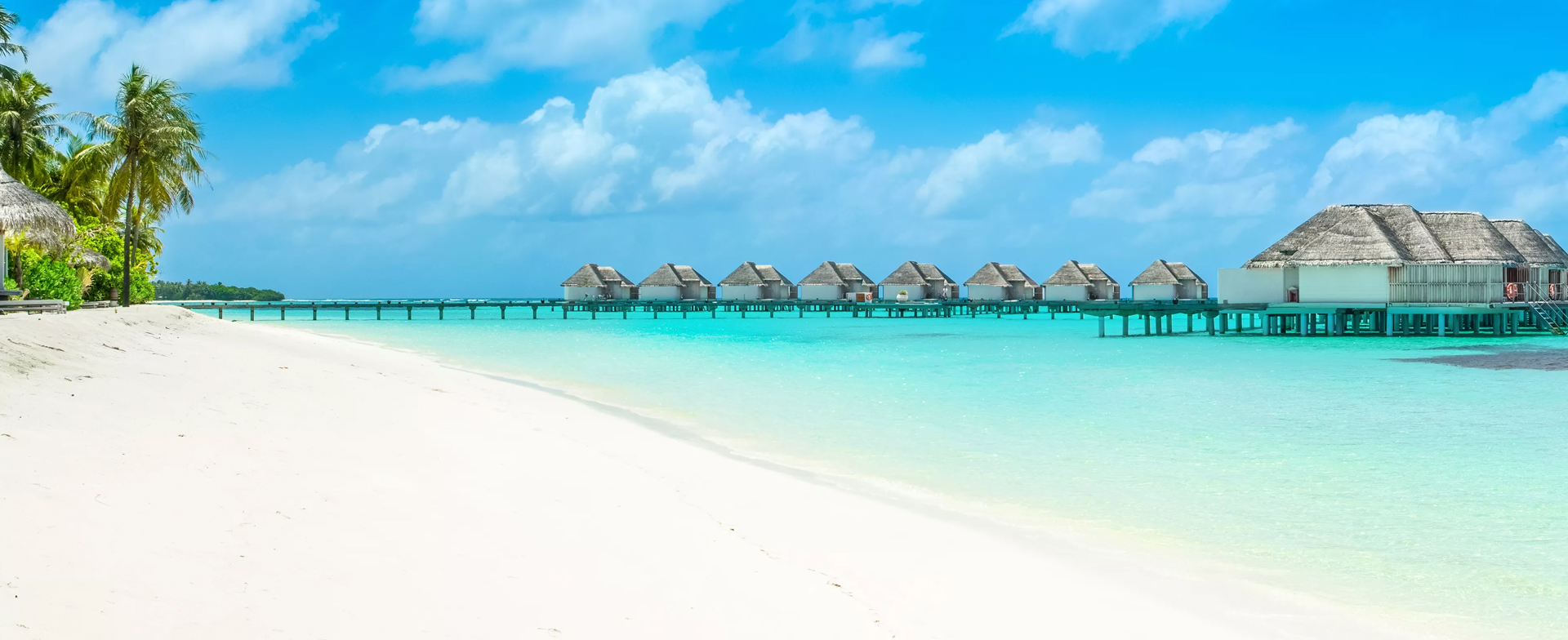
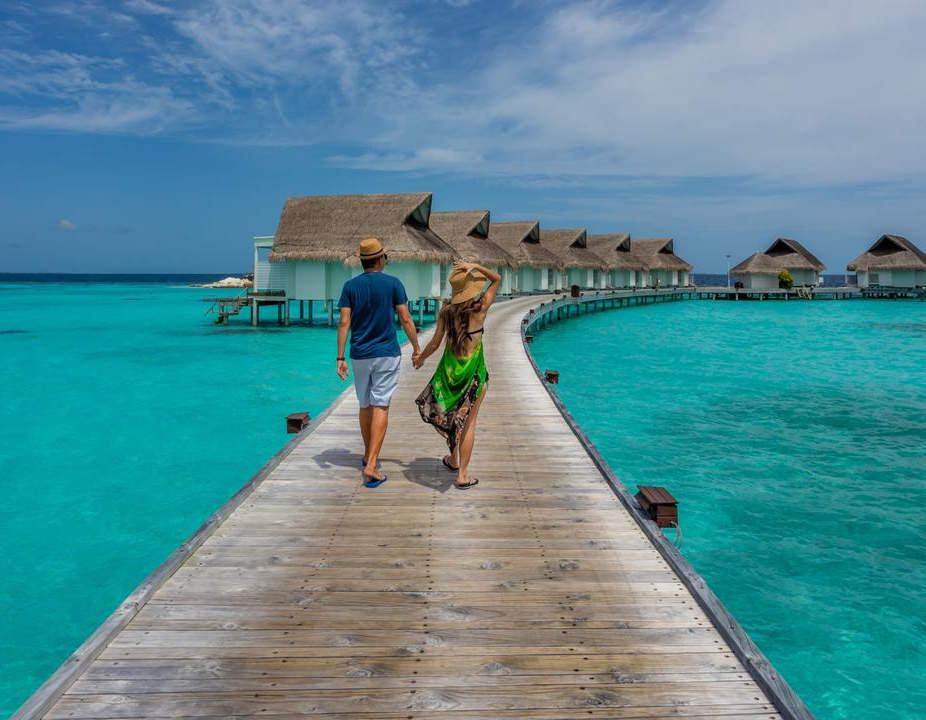
GEOGRAPHY
The Maldives is a nation of islands in the Indian Ocean, that spans across the equator. The country is comprised of 1192 islands that stretch along a length of 871 kilometers. While the country covers an area of approximately 90,000 square kilometers, only 298 square kilometers of that is dry land. The islands are grouped into a double chain of 26 atolls.
The country’s unique geography mesmerizes the visitor. Reefs that offer bands of color, tiny jewel-like islands rimmed with the whitest of soft sand surrounded by the clearest shallow waters that one can imagine. Only 200 of the islands are inhabited, and a select few on each of the atolls are resorts and some of the islands are used for industry and agriculture.
The beauty of the Maldives is not only above the water. The Maldives is home to about five percent of the planet’s reefs that comes with an explosion of color contributed by soft and hard corals that form them. The reefs are home to a thousand species of fish. Lured by the rich nutrients that flow in with the currents, large pelagic fishes such as manta rays and whale sharks also make the Maldives their home.
PEOPLE
While very little is known about the ancient history of the Maldives scholars and historians believe that the Maldives is an old nation populated well over 2500 years ago. The Maldivian race is the result of several waves of settlement from various parts of the Indian subcontinent and thousands of years of interactions of people of different races and ethnicities that crisscrossed the Indian Ocean over several centuries. The country’s culture and traditions and the diverse physical traits of the people bear witness to the fact that the country was, due to its geographical location, a melting pot of people and cultures. The Maldivian language is Dhivehi, an Indo-Aryan language with its origins in Sanskrit.
The most recent census in 2014 enumerated the population at 407,660 people. A third of the population lives in Male’, while the rest live in 200 island scattered across the length of the country.
The livelihood of Maldivians traditionally depended on the seas, fishery being the main source of sustenance. While fishery still contributes significantly to the economy in terms of employment and income, tourism is the main source of income for the Maldivian economy today.
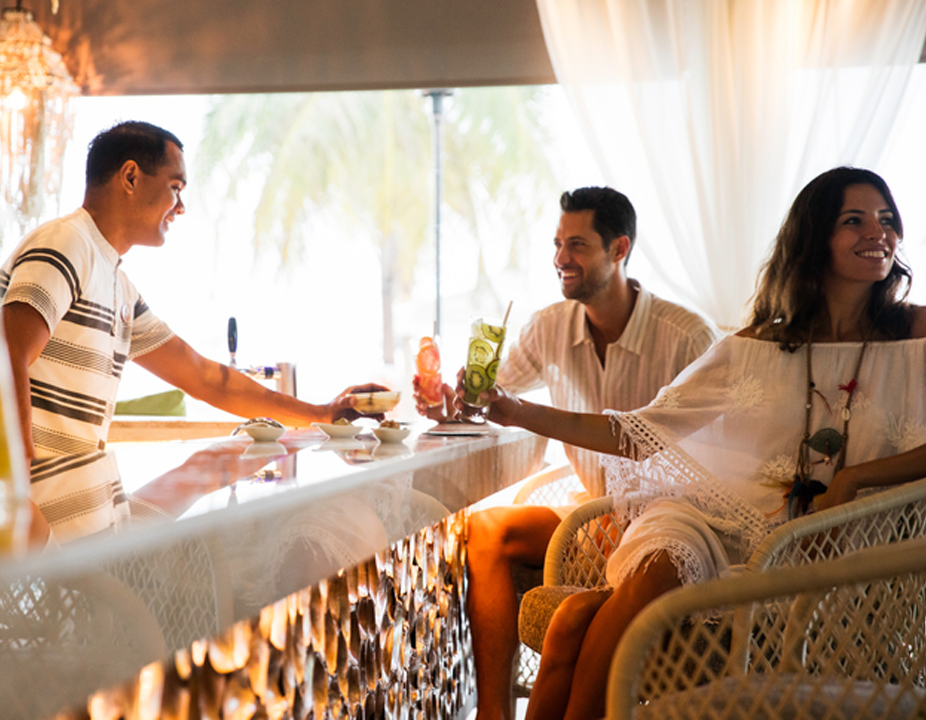

CULTURE
Although home to just over half a million people the Maldives has its own unique culture and traditions. While heavily influenced by various cultures around the rim of the Indian Ocean, the Maldivian culture, craft and traditions have been shaped by the island environment and the seas that surround us.
Dhivehi is the language of the Maldivian people. Our current script, Thaana is unique and was developed from Arabic numerals around the 16th century. Maldivians are master boat builders. The traditional Maldivian boat, dhoni has been shaped over centuries, resulting in a craft that perfectly suits the various conditions of the seas. The traditional cuisine is heavily based on fish and coconut, with several dishes that have no parallels anywhere in the region.
Our music and dance display strong influences of East Africa, Arabia and the Indian subcontinent. There is a rich tradition of Maldivian crafts; lacquered wooden ornaments, finely woven reed mats, and coral carvings are crafts that have been passed down through several generations.
THE ENVIRONMENT
The Maldives has one of the most delicate environments anywhere on the planet. Coral reefs are the foundation of the islands. They offer protection to the tiny islands as its natural defense system, and the country’s economy depends heavily on the health of its reefs and ecosystems.
Several conservation efforts are underway to protect the valuable marine environment of Maldives. While several marine species and birds are protected by law, protected areas have been designated to ensure the conservation of specific ecosystems and the rich biodiversity of the country. This includes designated nature reserves in islands of various atolls to protect wetlands and mangroves and the protection of marine areas and the designation of biosphere reserves that covers coral reefs, islands, sea grass beds and mangroves.
Several resorts too conduct their own programs. While some programs conducted by resorts focus on the protection and rehabilitation of sea turtles, others are engaged in cutting edge research on regeneration of coral reefs. Several community education programs are also conducted by resorts for school children and the community at large. Non-governmental organizations also play an important role through their voluntary programs and conduct regular beach and reef clean up programs.
Visitors to Maldives are advised to carry back their own non-biodegradable waste and to take care not to stand on, touch or remove coral structures while snorkeling or diving.
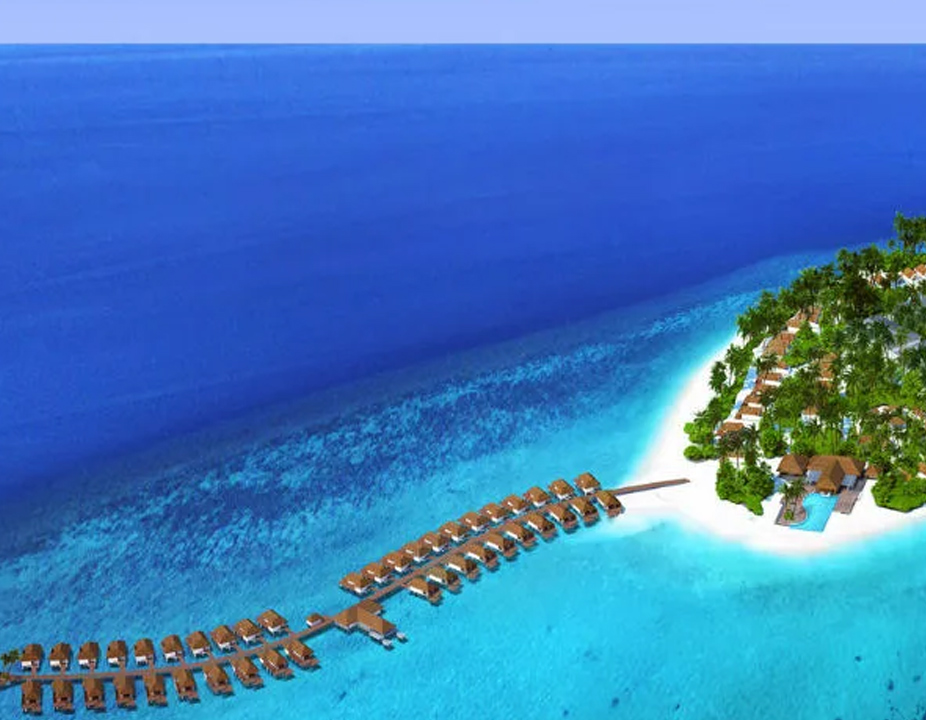
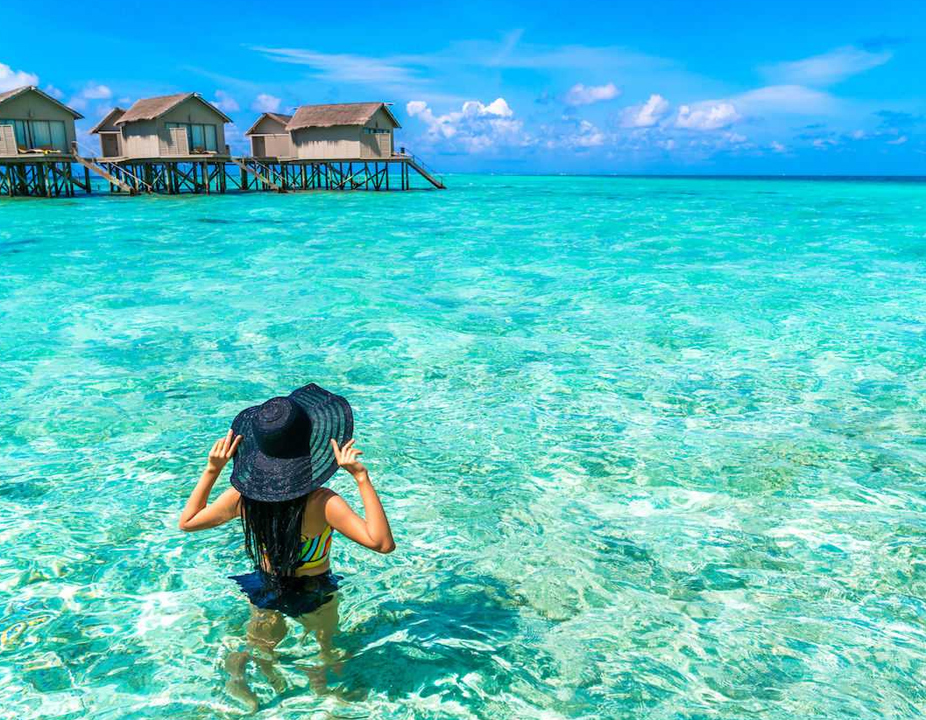
CONNECTIVITY
The Maldives is well connected with the rest of the world. Several flights from Europe, Middle East and South East Asia operate to Velana International Airport, the main gateway to the Maldives. The highest international traffic is from Colombo, Sri Lanka, various Indian cities and Dubai, while several scheduled and charter flights bring in passengers from all major European capitals, and South East Asian cities.
Once in the Maldives you can travel to any of the twelve domestic and international airports to which several daily flights are operated. Scheduled ferry services also operate from Male’ to most of the atolls.
If you are travelling to a resort, your transfer will most likely be prearranged at the time of booking your accommodation. Transfers to resorts around the airport are by speedboat and transfers to resorts and islands further afield are by seaplane.
